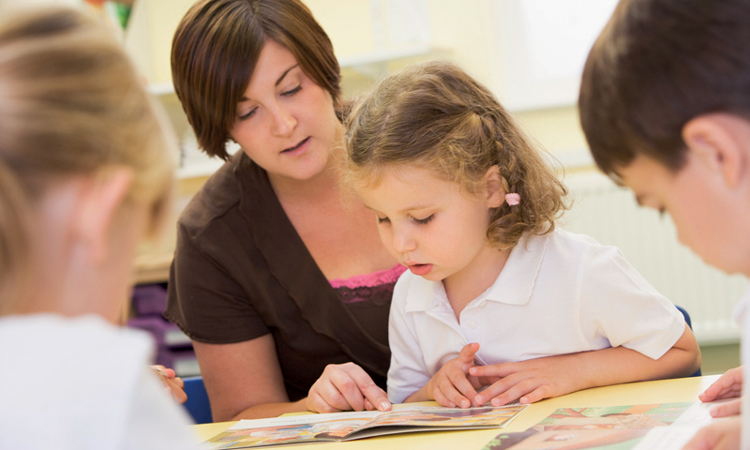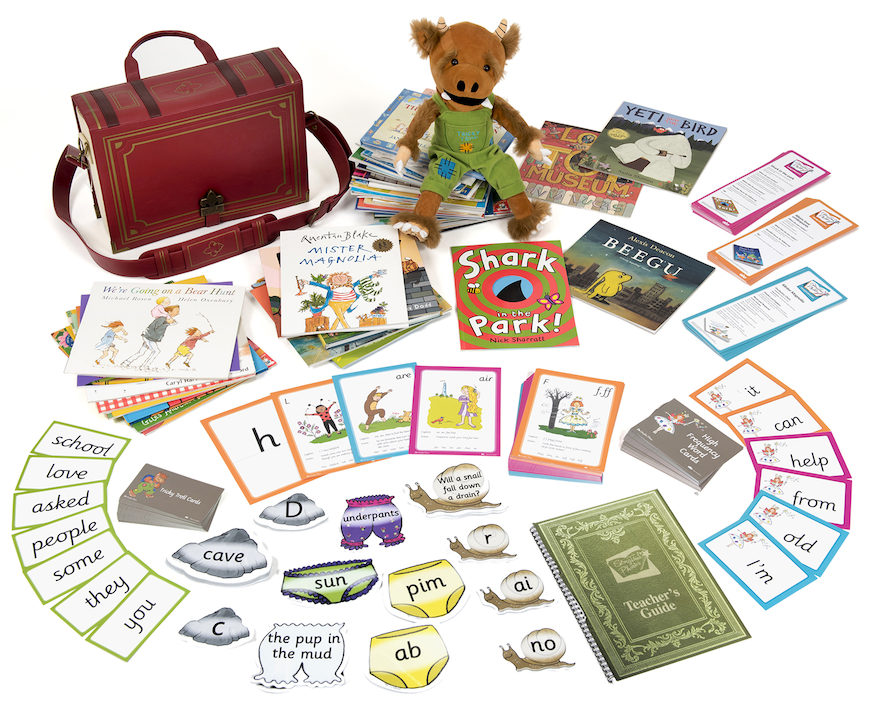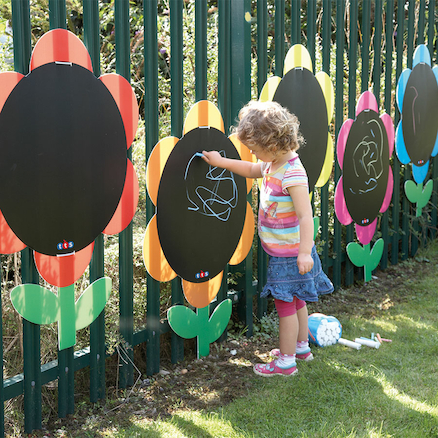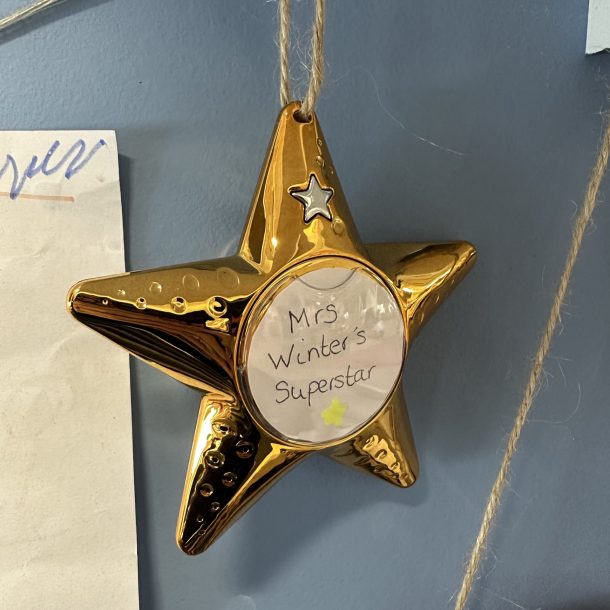It’s difficult to enjoy teaching if you are just running through hoops and up and down see-saws. It’s a little like taking your class to Crufts. You want the judges’ praise, but they will insist on observing how the Border Collie copes with their obstacle course. You spend hours getting your class to slalom through poles, to run up a plank, pause, then run down the other side as it lowers, to jump over stripy fences, then sit obediently on their carpet spot. They will, after all, do anything for a biscuit. But, do they know why? And will it be of any use to them next time they go for walkies? Of course, what do you do if you don’t get a class of Collies? Every real class has Red Setters full of energy and excitement, a Jack Russell with an eye for tennis balls, a Yorkshire Terrier full of sound and fury and an opinion about everything.
Let’s try and rescue phonics from this metaphor. Let’s find a why that makes us want to teach phonics for a reason.

Pattern Spotting
The foundation of all learning is spotting patterns. Whether counting in fives, learning the Three Little Pigs, or investigating the properties of materials – we learn when we find patterns. There are over 1 million words in English. If there were no rhyme nor reason, no pattern, we’d have to learn each one individually – how to spell it, how to pronounce it, what it meant in relation to other words – a pretty daunting prospect for anyone.
Learning phonics is about learning the pattern that links letters and sounds, and shows that there is a route in, a shortcut. We don’t have to learn every word individually, there are a few basic patterns that guide us gently into the world of reading and writing.
What about where the pattern breaks down? Many common words are barely phonically plausible at all. The moment when a brain sees a pattern suddenly fall apart, then the brain is perfectly poised for learning. That moment of cognitive dissonance, that is the moment when the brain can start to build a picture of the world and how it works. Patterns guide us, but we choose where to tread.
Early Success
There are 26 letters in the alphabet, and 44 sounds. Phonics gives young children the simple tools they need to write ANYTHING they want to. They might not be spelled correctly, but they’ll definitely be readable. Most importantly, they will mean something. I knew a very young boy who wrote a lovely story about his favourite train, and what caught my eye was that he kept writing ‘lokmotiv’. When I asked him why he used the longer word, I expected him to say that it sounded more grown-up. But I was wrong. He said with a shrug that locomotive was easier to sound out than train. Without his phonics, he wouldn’t have been able to write the story, and he wouldn’t have had that self-esteem boost of being an author.
The wonder of words
As adults, we don’t notice how the world is awash with words: shop signs, adverts, street names; there are words written everywhere we go. Children with some phonic knowledge are suddenly invited to the party. They’ll spot the patterns every time they go to town, or drive to their Grandma’s, or see a word that begins with the same sound as their name.
It isn’t just beginning readers that need phonics. Any child who grows up to love dinosaurs will need to be able to segment and blend before they can read about an Apatasaurus, a Brachiasaurus or the mighty Micropachycephalosaurus. As the children move on from their early success, they will only love reading if they can access authors like, David Almond, Malorie Blackman or Philip Ridley. And, they will only be able to make sense of these books if they have the confidence and the phonic awareness to decode unfamiliar words.
If you ever need to remember why we teach phonics, imagine the mother who finds a note written by her five-year-old this weekend, reading simply I luv yoo mumee.
For ideas and inspiration to help teach phonics take a look at our phonics resources.
For more information on Storytime Phonics click here
Read part 2, part 3 and part 4 (Who is the Phonic Fairy?)
With thanks to Michelle Larbey for writing this blog. Michelle is a former Leading English teacher and Local Authority Consultant who now spends her time as a freelance English consultant and author. Known for her passion and enthusiasm, Michelle’s innovative research based approaches inspire and motivate both children and teachers alike. Michelle also works part-time for the Faculty of Education, Cambridge University supporting PGCE students in the highest standards of research and teacher training. In her spare time, she likes nothing more than to read to her two children.
For the Love of Phonics – Part 2 – why children need stories
For the Love of Phonics – Part 3 – why context is so important







